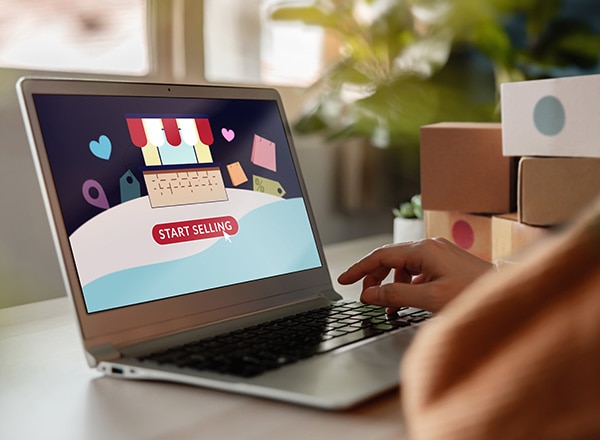“It’s safe to say that, over the last 18 months, it’s been a bumpy ride,” said Carl Reader at the start of his master class workshop: Digitization in the COVID-19 era and ecommerce trends.
Reader is a best-selling author, serial entrepreneur, speaker, and business commentator. He’s worked with thousands of businesses, helping them start or grow and achieve what they want to achieve. Reader’s master class concluded the Entrepreneurship Exchange 2021, a virtual summit hosted by QuickBooks to bring small business leaders, entrepreneurs, and experts together to discuss and discover innovative solutions for the future of business. If you missed it, you can check out the full recording here.
“The pandemic has caused some unimaginable disruption to the economy,” Reader continued. “Particularly for small businesses who might not have been prepared for their digital journey. They might not have even had a website.” These businesses had to pivot very, very quickly if they wanted to outlast the lockdowns.
And pivot they did. “It’s been very up and down, and in some cases very traumatic, but it has also been exceptional to see some of the inspirational stories,” said Reader. From those stories, Reader compiled ten actionable tips and best practices for small businesses looking to adopt ecommerce strategies. We cover a few of them below, but be sure to watch the recording for the full ten tips.












